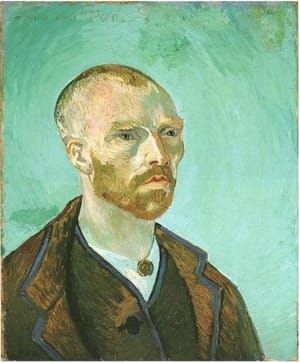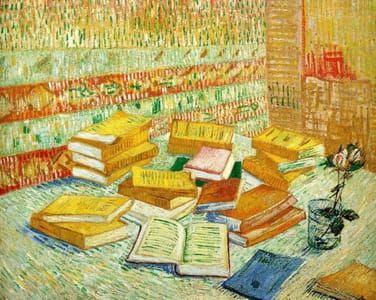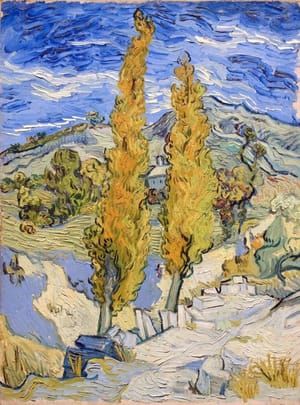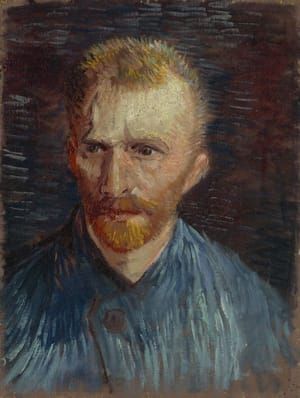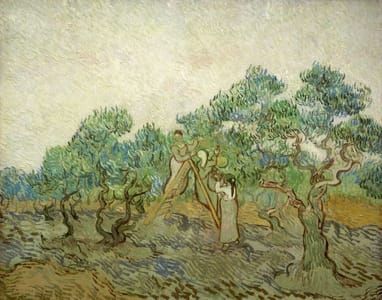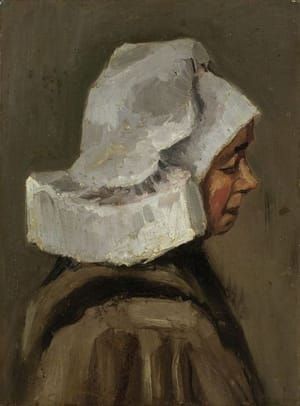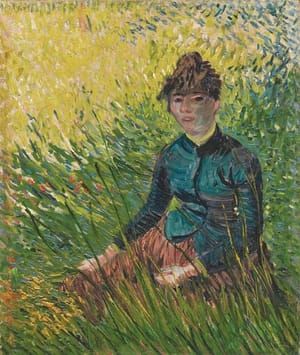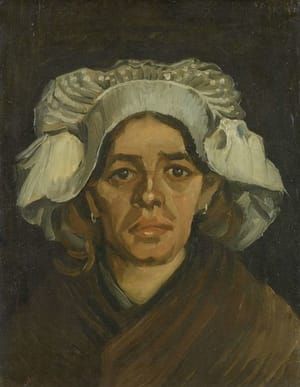
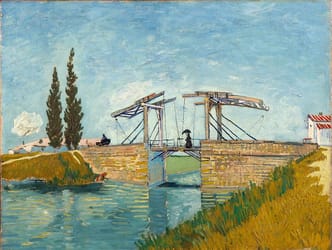
The Drawbridge, 1888
Vincent van Gogh
It was only in Provence that Vincent van Gogh found his personal style. Previously, in Paris, he had, in a headlong development, appropriated the painting style of the Impressionists, and implemented it in his own fashion. There however he had to be told by young innovators such as Henri de Toulouse-Lautrec, Émile Bernard and Georges Seurat that painting was already off, once again, to fresh woods and pastures new. The impressions of the French capital, the hustle and bustle of urban life, and certainly also the intense conversations with fellow artists he found too strenuous. He went off to the south of France in the search for peace and quiet, inspiration and new light.
On a canal not far from Arles, van Gogh found a motif that reminded him of his Dutch homeland: a drawbridge. He was to capture it on canvas not once, but five times. This may seem astonishing, but van Gogh was not the spontaneous painter that legend would have us believe. On the contrary, when painting "The Drawbridge" he went about it almost like an Old Master. We know from letters he wrote to his brother Theo that he constructed a perspective frame with which he established the most appropriate ‘crop’ for the landscape. Using guidelines made of string, he made the correct reproduction easier for himself. Modern technology even reveals the pencil lines beneath the paint of his composition.
[http://www.wallraf.museum/en/collections/19th-century/masterpieces/vincent-van-gogh-the-drawbridge-1888/]
Uploaded on Nov 26, 2017 by Suzan Hamer
Vincent van Gogh
artistArthur
Wait what?
